A Visit to the Cemetery
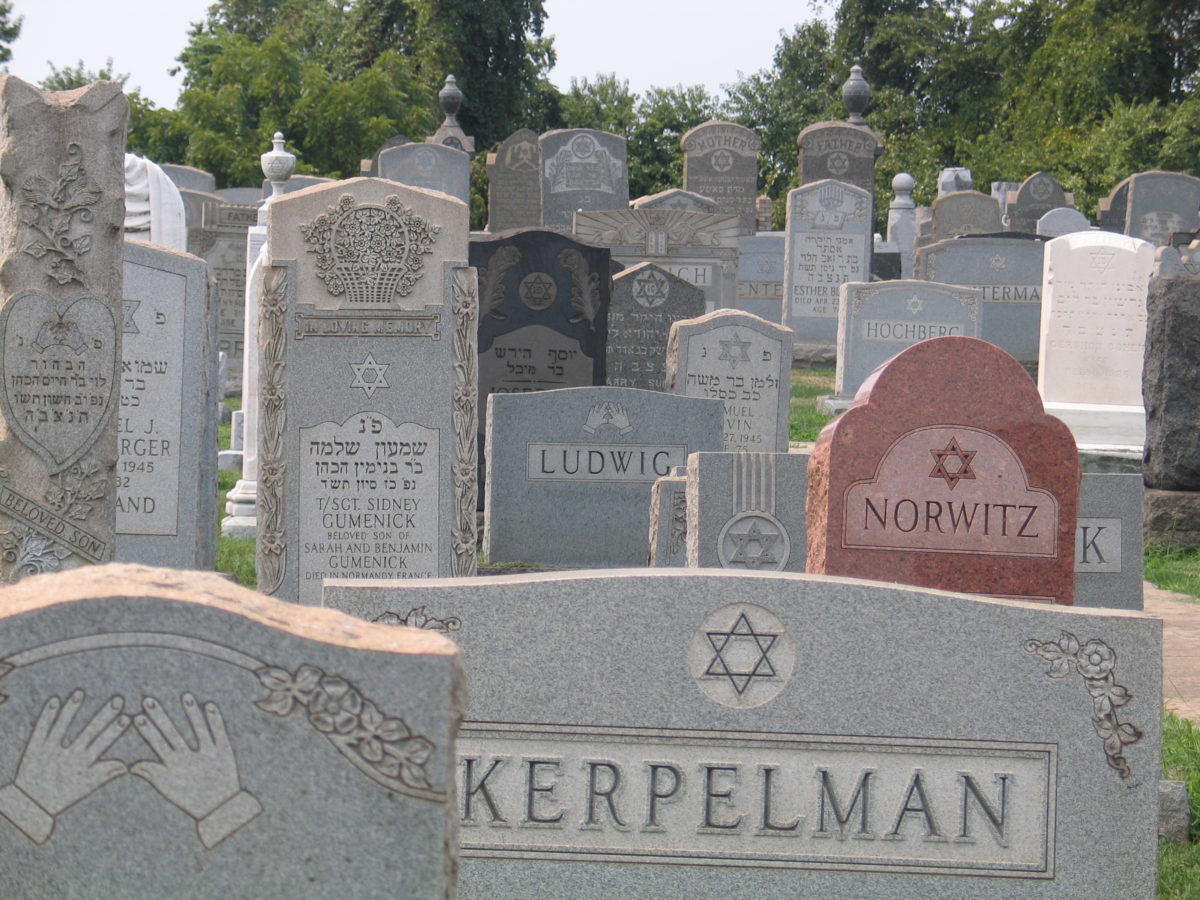
A blog post by Research Historian Deb Weiner.
With Passover approaching, we’re seeing an increase in calls and emails from people wanting to find out more about their family history. This tends to happen every year before Passover as well as before the High Holidays. As people make plans to gather together with family members, many also make plans to visit the relatives who are no longer with us.
Also, it seems to be a natural time for people to reflect on their family origins and act on their desire to know more about their grandparents, great-grandparents, aunts and uncles, not to mention ancestors they never had the opportunity to meet. And if you are Jewish, from Maryland (especially Baltimore), and want to know more about your background, the best place to turn to for help is the Jewish Museum of Maryland.
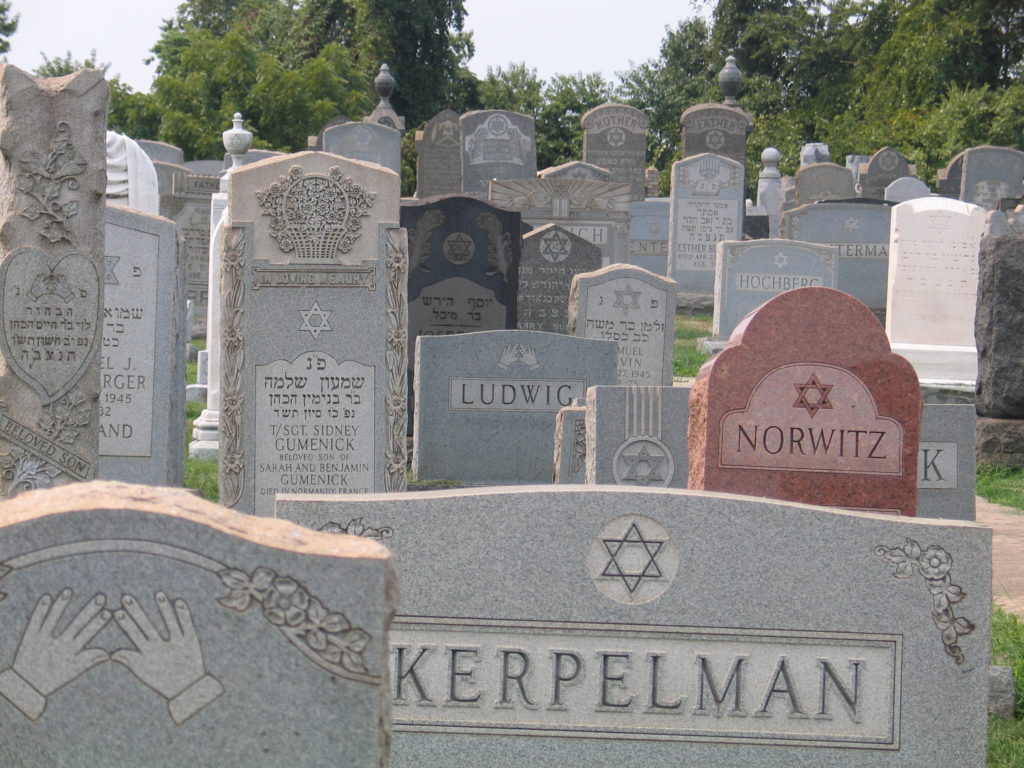
That’s because, despite the wealth of genealogy material available on the internet, we have resources here that can be found nowhere else. Our Jack Lewis Funeral Home collection can tell you when your great-grandparents died, where they are buried, and even the cause of death. In our Baltimore Jewish Times collection (going back to the 1920s), we can find obituaries for your ancestors that, working forward in time, can help to reveal the existence of long-lost cousins who might live within a few miles of you. And our database of burial listings, collected painstakingly by staff and volunteers over the past twenty years in cooperation with Maryland Jewish cemetery administrators, is often the last resort for people who feel a compelling need to visit the graves of their grandparents or more distant ancestors, but have no idea where they’re buried.
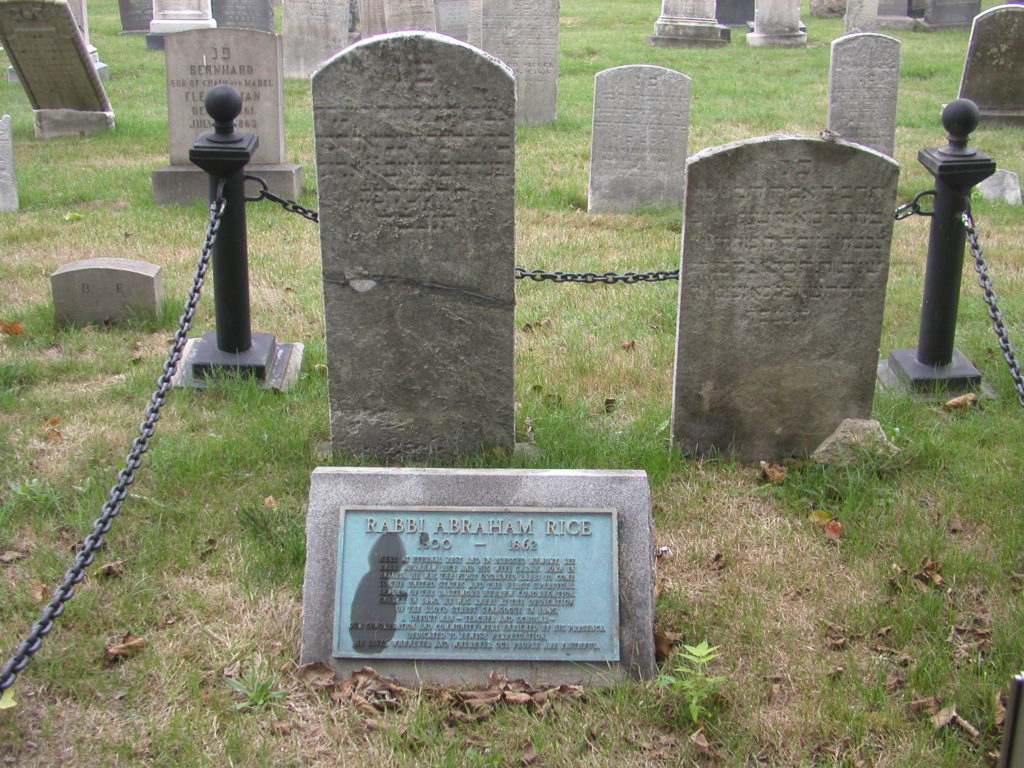
I start to hang out in cemeteries around this time of year, not only because the weather has gotten nicer and I find them peaceful and pleasant places to go (I’ll admit to being a bit morbid), but also because it’s a service the museum provides: using our database of Jewish burials, we locate graves and then go out and take digital images of the gravestones, which we email to people who cannot come to Baltimore to visit the graves for themselves.
Mostly, we do this for people working on their family trees, people who live in places like California, Missouri, and Israel. Sometimes the only way for them to find out their great-great-grandparent’s name is to read the Hebrew or Yiddish writing engraved on their great-grandparent’s headstone, which often says something like, “Here lies Chaim, son of Yitzhak, who passed away on….” Yitzhak probably never set foot on American soil. This gravestone may be the only place where his name is recorded, at least on this side of the Atlantic Ocean.
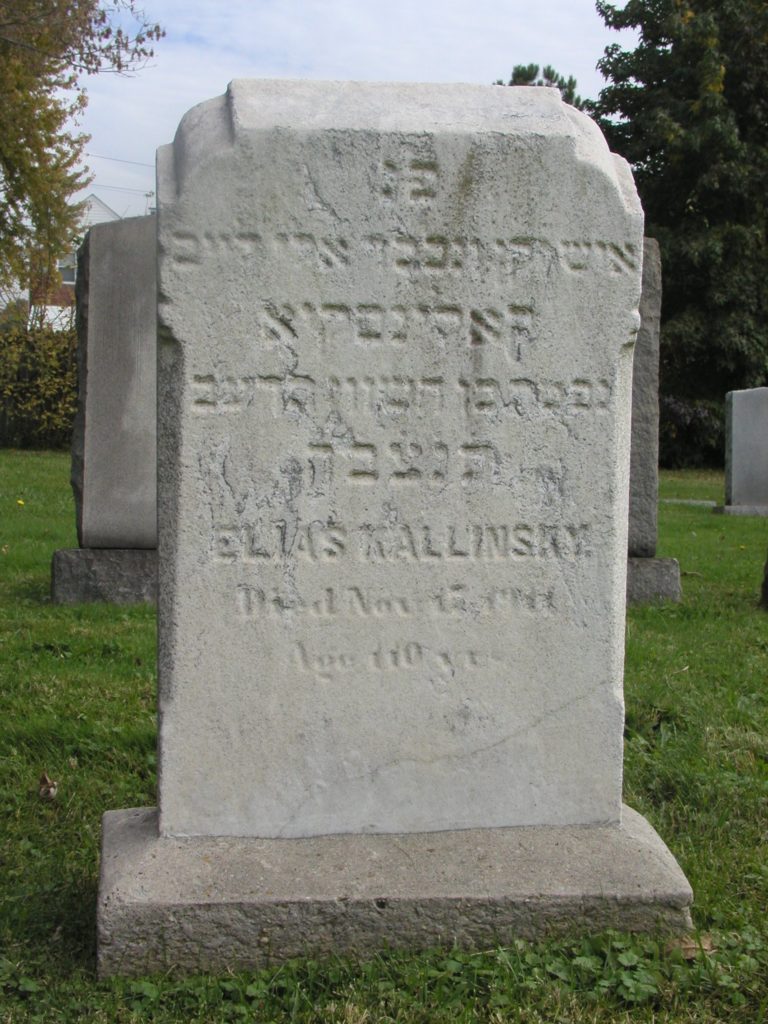
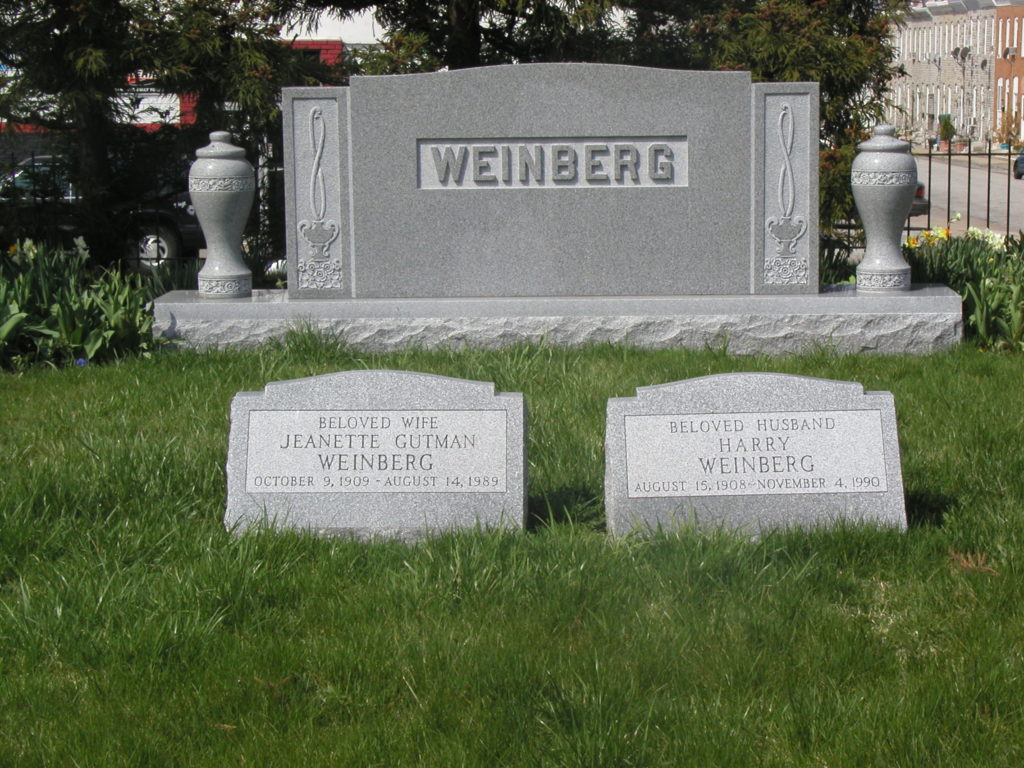
Baltimore’s Jewish cemeteries are amazing places. Wandering around them can be a powerful way to connect with your heritage, even if you don’t know anyone buried in them. If your ancestors are indeed there, the experience is all the more powerful, I’m told (as a newcomer to Baltimore, having lived here a mere nine years, I don’t have any family buried here). But, as befits a place that is not part of our modern, efficient, convenient way of life, the average Baltimore Jewish cemetery can be a bit hidden away and difficult to find. Some of the older ones won’t show up on the GPS, and even those that are clearly marked on maps can be tricky to access. And once you manage to find the cemetery, locating the right gravesite can be even more of a challenge: unmarked, straggly, and crowded rows, fallen headstones, and faded lettering all add to the difficulty.
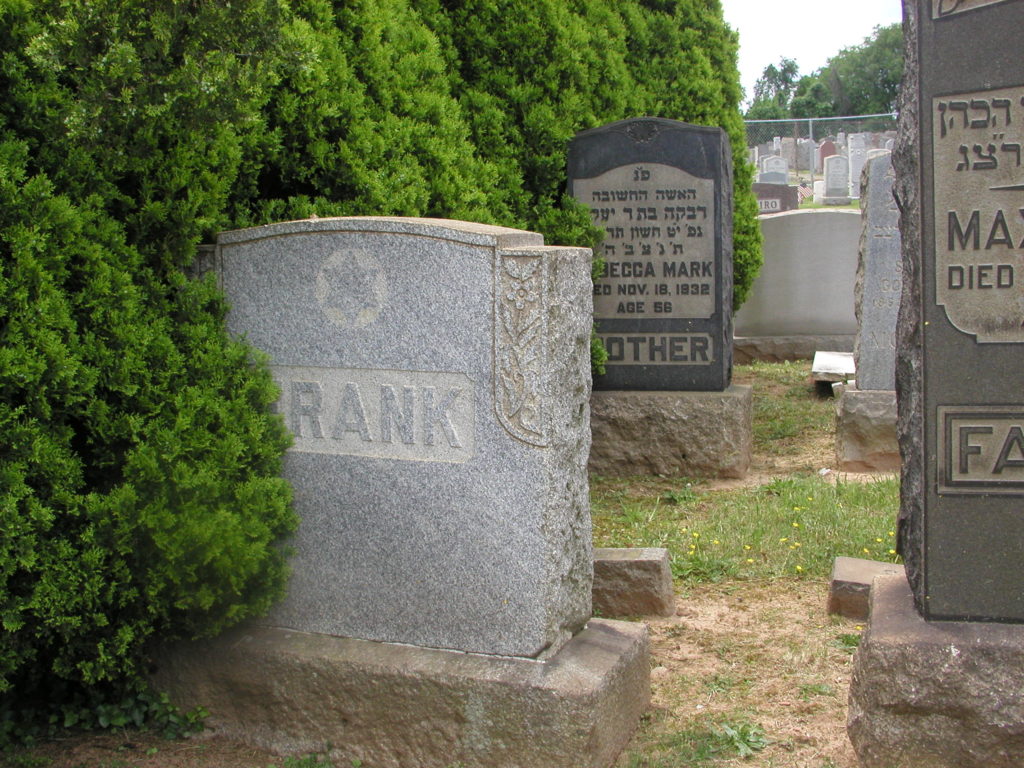
We help people navigate through this journey, sometimes by guiding them via cell phone while they’re in their car searching for the right road, or even as they walk along the cemetery path.
Helping people through this rather intimate moment in their lives is something I never expected to do as an historian, and I’m grateful for the opportunity.
It gives me a sense of satisfaction when they find what they’re looking for—and they are often very appreciative. I feel sad on those occasions when we can’t seem to locate the person they’re seeking.
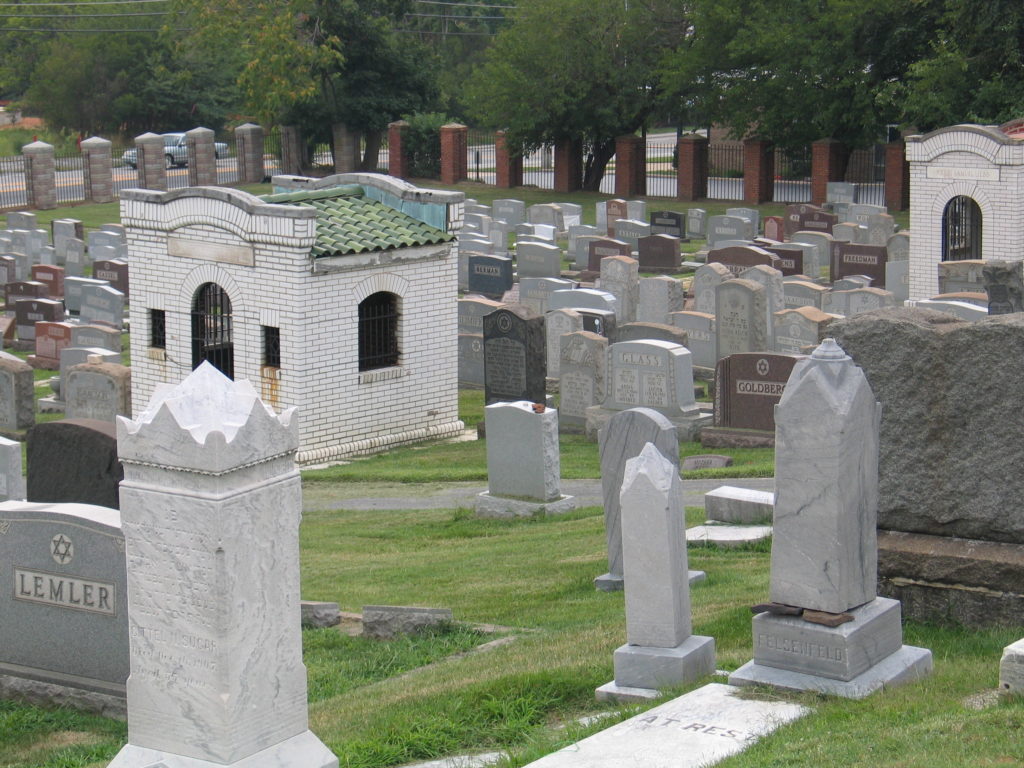


2 replies on “A Visit to the Cemetery”
wish to find where Rose and Abe Seidel are buried, also Doris.
Hi Janice,
The best thing to do is contact Deb directly! I’m passing your comment on to her, but feel free to send her an email yourself, dweiner@jewishmuseummd.org